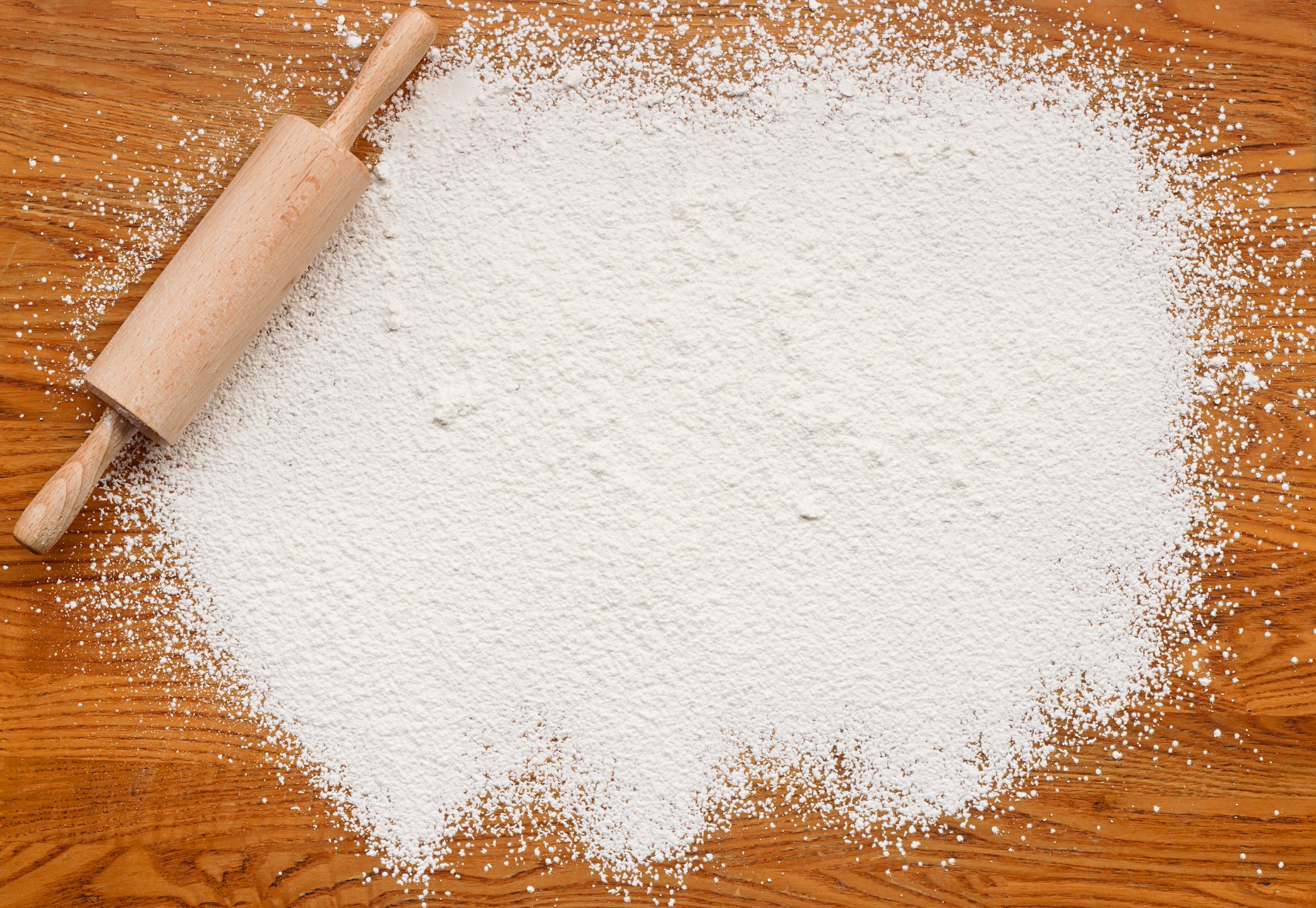;)
Read on to know how unbleached flour is different from its bleached variant.
People who do grocery shopping find mainly two different varieties of flour placed on the shelves-unbleached and bleached. These two flours may seem quite alike but there is a huge difference in the way each one of them is processed, and in the taste, appearance, and texture.
Here are some of the key differences between these two flours.

Processing
Bleached or refined flour is typically deprived of its bran, and valuable vitamins and minerals. While unbleached flour can be any type of flour that may or may not be refined. Bleached flour is also treated with a chemical such as benzoyl peroxide, chlorine, or potassium bromate to speed up the aging of the flour. This aged flour is useful for baking purpose and has a significantly changed texture, nutritional profile, taste, and appearance than the unbleached flour. Unbleached flour, on the other hand, is aged naturally post-milling and it takes a significantly longer duration to achieve its desired texture.
Characteristics
The bleached flour has whiter color, softer texture, and fine grains, while unbleached flour has an off-white color, tougher texture, and a denser grain. People with a sensitive palate often find bleached flour a bit on the bitter side.

Nutrients
Both bleached and unbleached flour has almost similar nutritional profiles. It is only vitamin E content that gets slightly reduced upon bleaching of the flour. Also, most of the times both unbleached and bleached flours are enriched with certain vital nutrients such as niacin, vitamin B6, folate, and thiamine.
Safe to eat
The chemicals with which bleached flour is treated may possess a threat to our health. Potassium bromate and benzoyl peroxide are some of the commonly used additives to bleached flour that are linked to kidney damage, cancer, and other adverse effects in animals and test-tube studies.

Uses
Bleached flour is mostly used for baking pancakes, cookies, waffles, pie crusts, and quick bread as it has a finer grain and this flour absorbs more liquid than the unbleached counterpart. The denser texture of the unbleached flour is good to hold the shape of éclairs, puff pastries, popovers, and yeast bread.
;Resize,width=767;)
